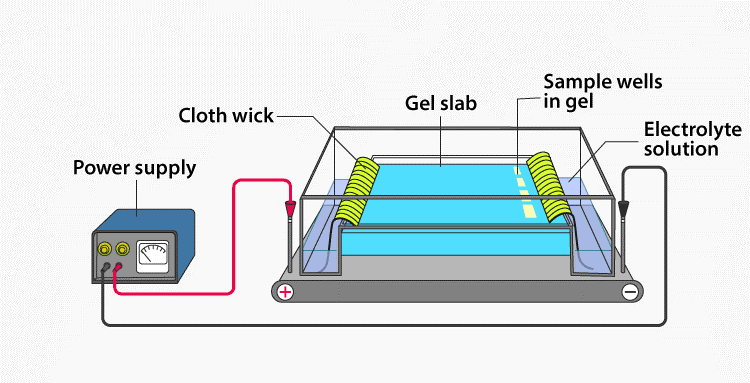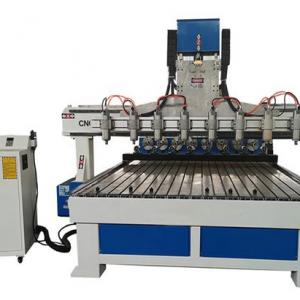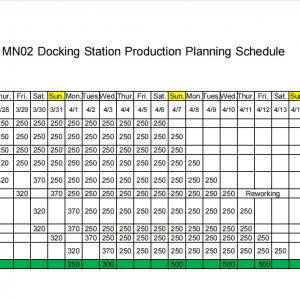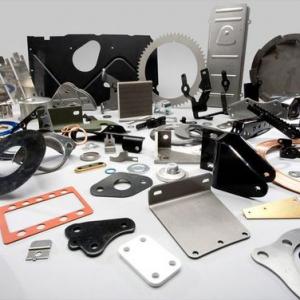COLOR ELECTROPHORESIS
Metal Electrophoresis Finishing Services – Junying Color EPD Surface Treatment for Metal Castings
The color EPD surface treatment is a suitable for applying different colors on metal materials and products.As a metal full-process technology company,JXGC is offering Color Electrophoresis Metal Finishing Services for aluminum alloy metal parts, zinc alloy parts, and other metal products. We can customize a wide range of electrophoresis colors based on your requirements, achieve high corrosion resistance and good protection. With more than 10 years of experience on CNC manufacturing, mold making and castings production, not only we can produce custom metal casting supplies in complex shapes with high accuracy and affordable prices, but also provide high-quality surface treatment like electrophoresis services to improve the appearance and properties of your aluminum products. Fast delivery within a week, welcome to send your files or needs to us, free quotes will be send back as soon as possible.
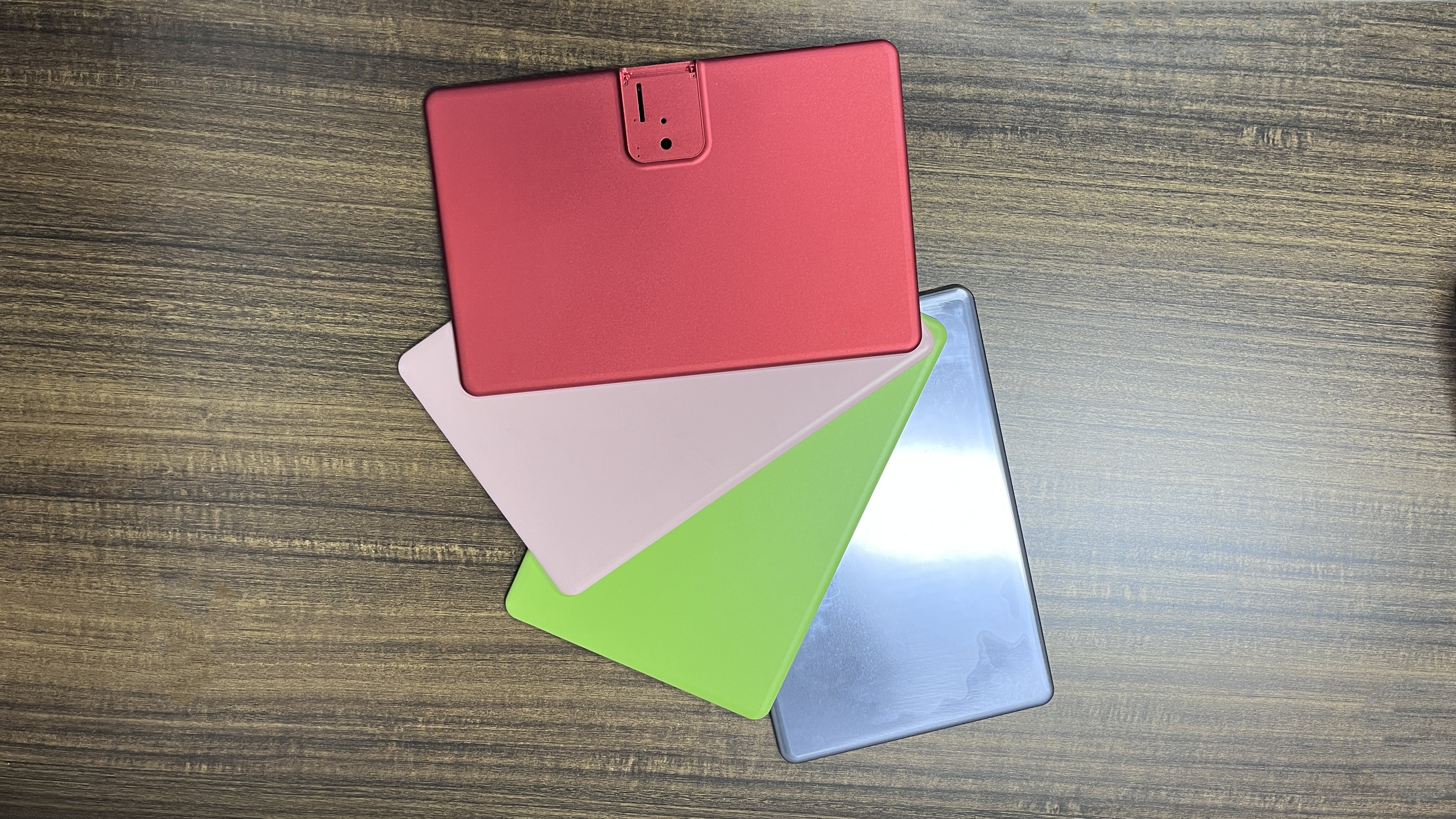
What is Electrophoresis (EPD)?
Electrophoretic deposition (EPD) including a range of industrial processes like electrocoating, cathodic electrodeposition, anodic electrodeposition, and electrophoretic coating, or electrophoretic painting. The electrophoretic coating is analogous to electroplating in that a voltage is applied across electrodes in a bath, the electrode coated is usually the anode. In the EPD process, the colloidal particles suspended in a liquid medium will migrate and deposit onto an electrodeC due to the impact of an electric field, so all colloidal particles that can form stable suspensions and that can carry a charge can be used in electrophoretic deposition, including metals, polymers, ceramics, dyes and more materials. The electrophoresis surface treatment can apply materials to any electrically conductive surface.
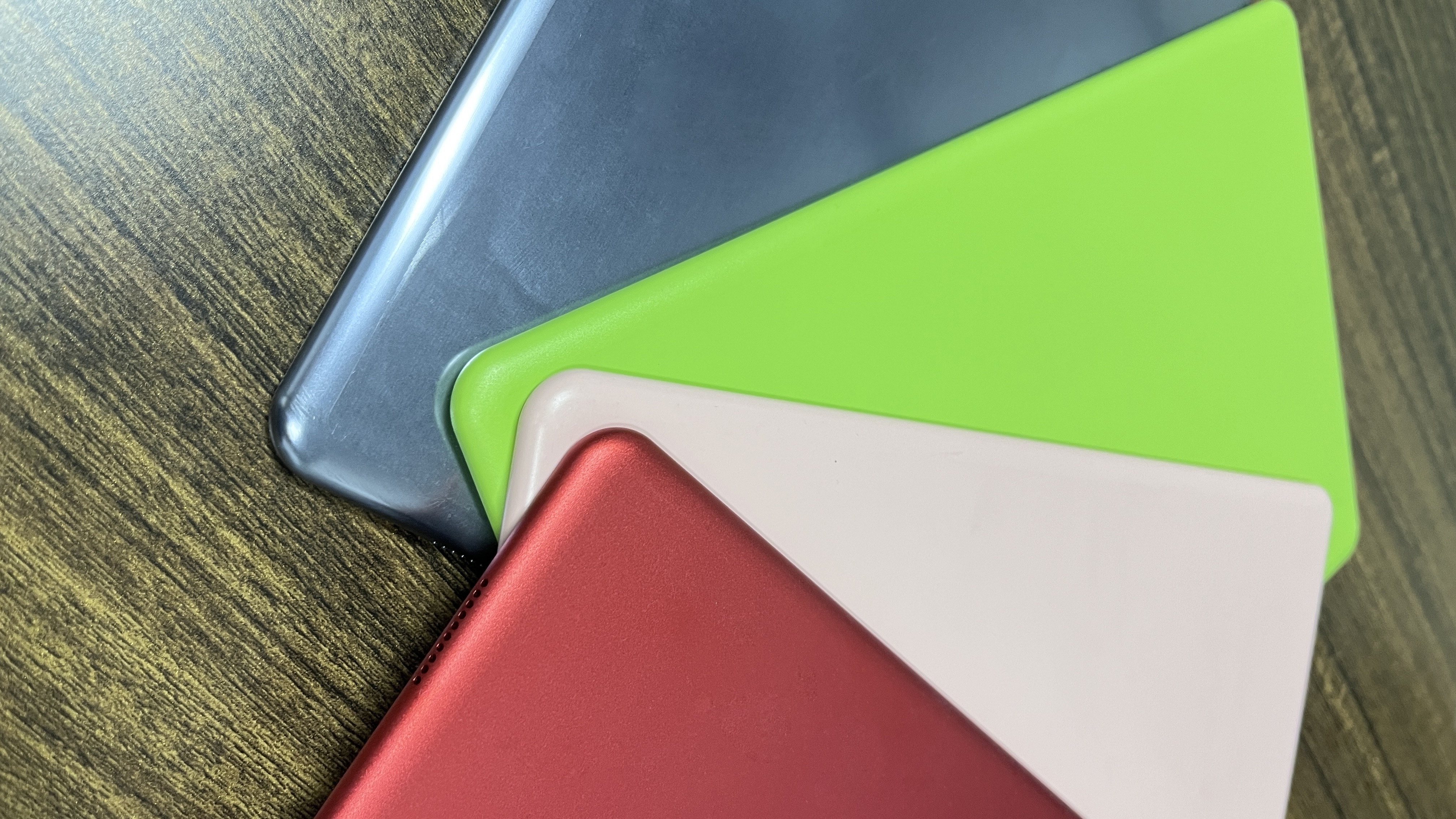
Advantages of Electrophoresis Metal Finishing
1. The electrophoresis paint film is plump, uniform, flat and smooth
2.Outstanding hardness, adhesion, corrosion, impact performance and permeability
3.Strong coating and good slippery feeling
4.Long-lasting bright color and high durability
5.Strong bonding force and penetration
6.Good discoloration resistance, impact resistance and anti-corrosion performance
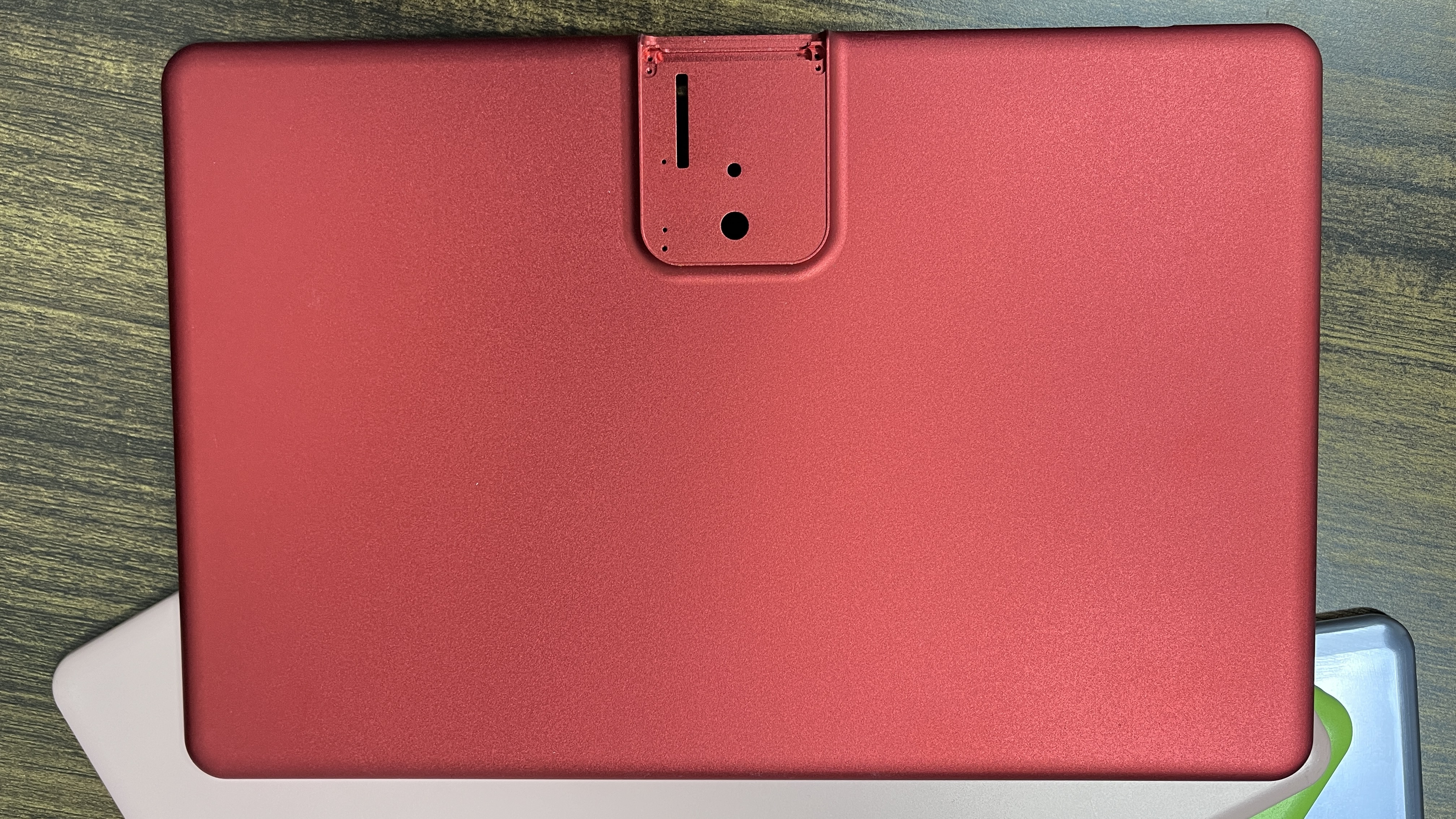
Immunoelectrophoresis procedure:
1.Prepare agarose gel on a glass slide in a horizontal position
2.Use sample template and carefully move the wells to the application zone.
3.Make the sample dilution in the ratio 2:3 with the diluent protein solution.
4.Take a 5 μl pipette and add 5 μl of sample and control across each slit.
5.Place the gel in the chamber for electrophoresis positioning the sample near the cathode side. Carry out the electrophoresis for 20 mins at 100 volts.
6.Take 20 μl of antiserum in a trough and incubate for 8- 20 hours at room temperature on competing the electrophoresis.
7.Soak the agarose gel for 10 minutes in saline solution, dry it and wash it twice.
8.Dry the gel below 70°C and stain it with protein stain solution for 3 minutes. Decolorize the gel in destaining solution for 5 minutes.
9.Determine the results once the gel is dried.
